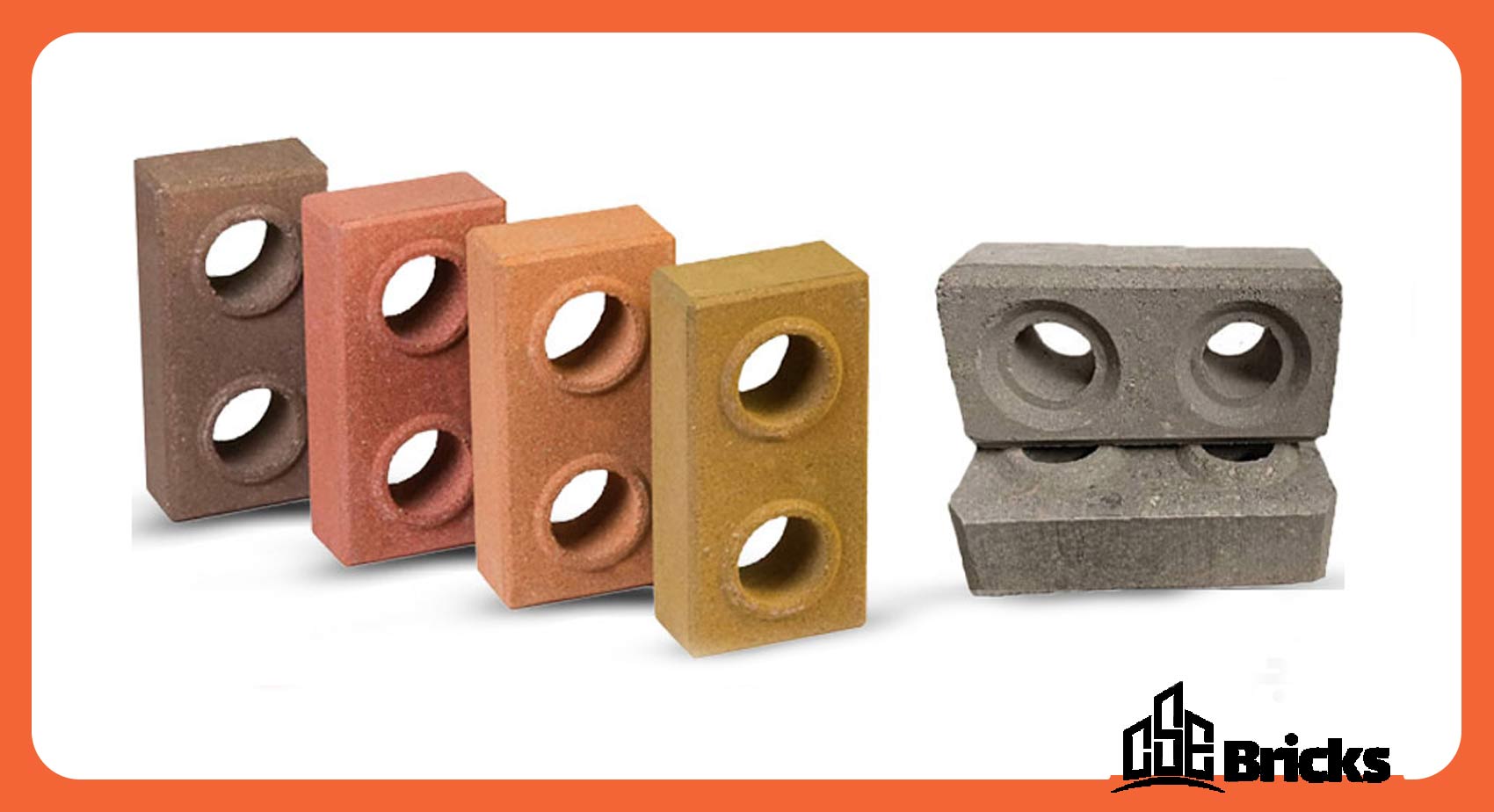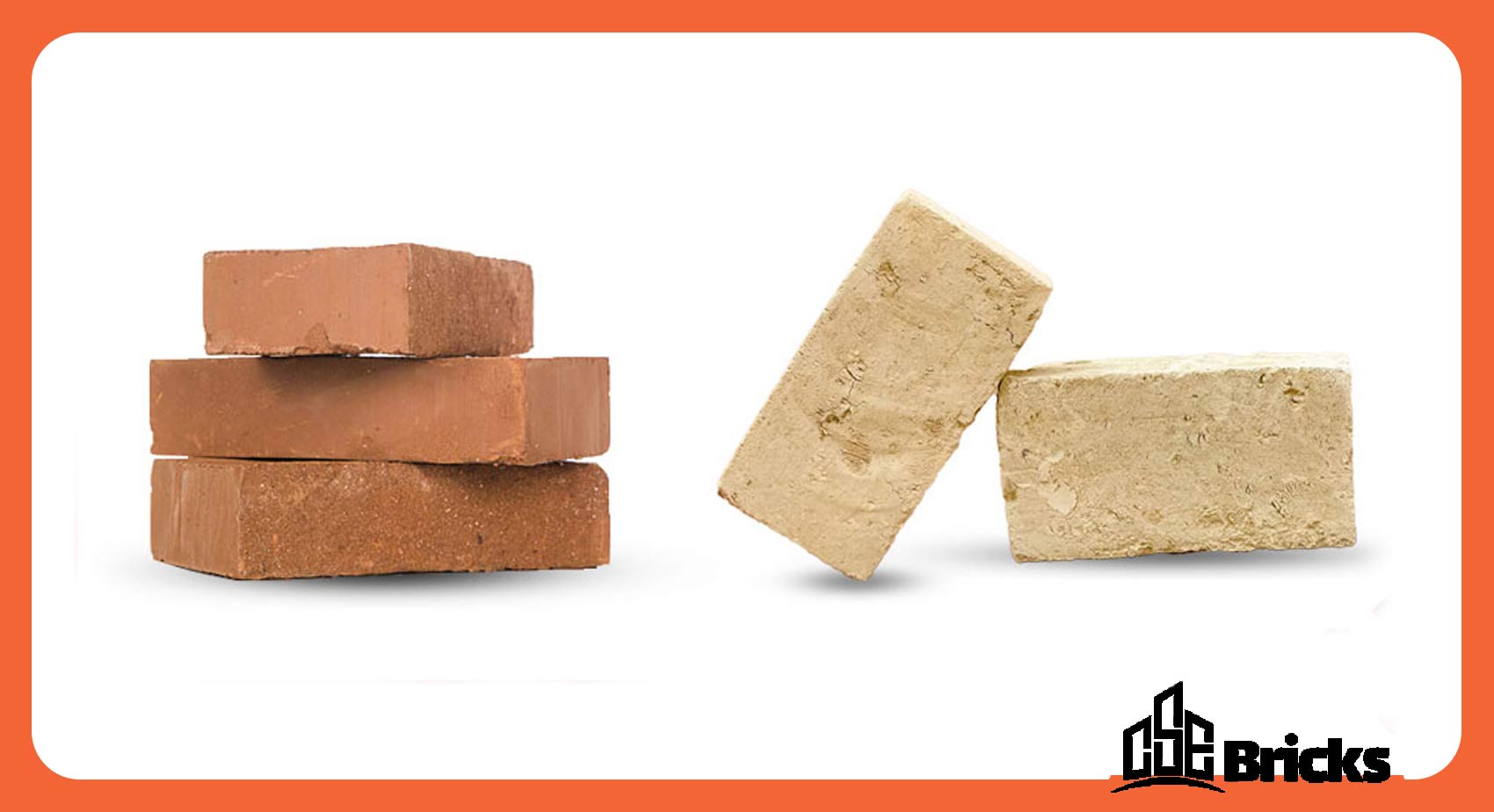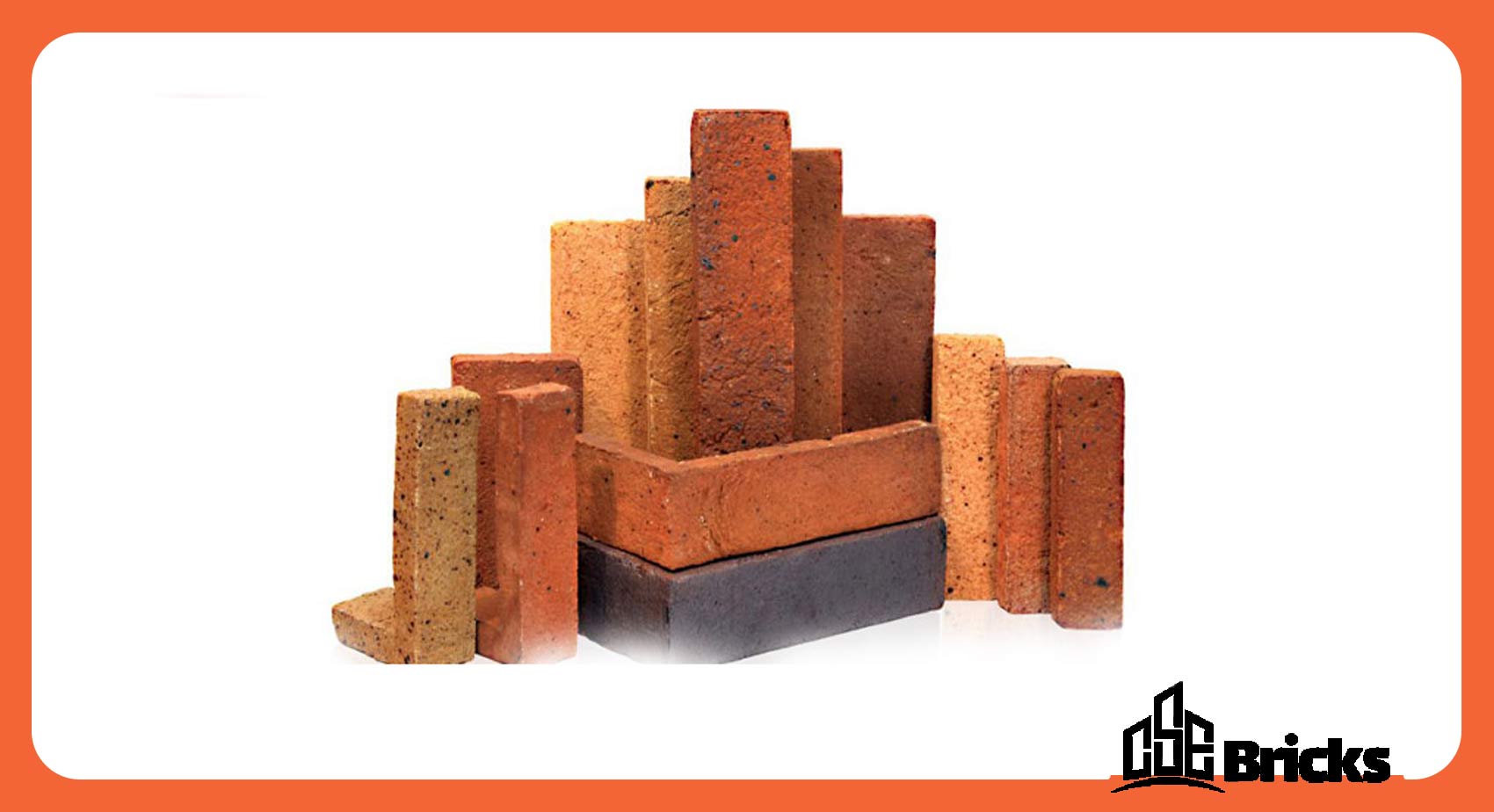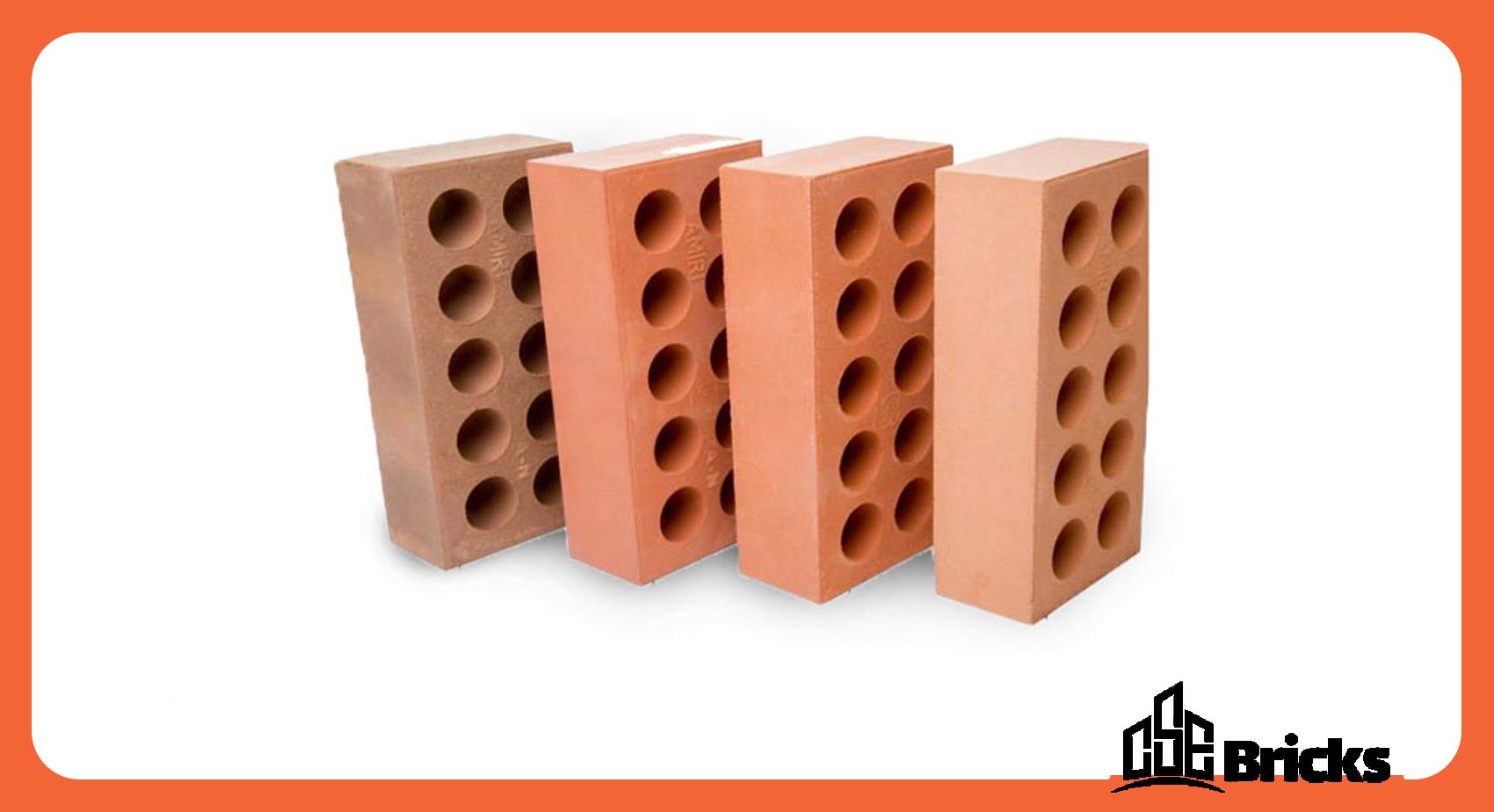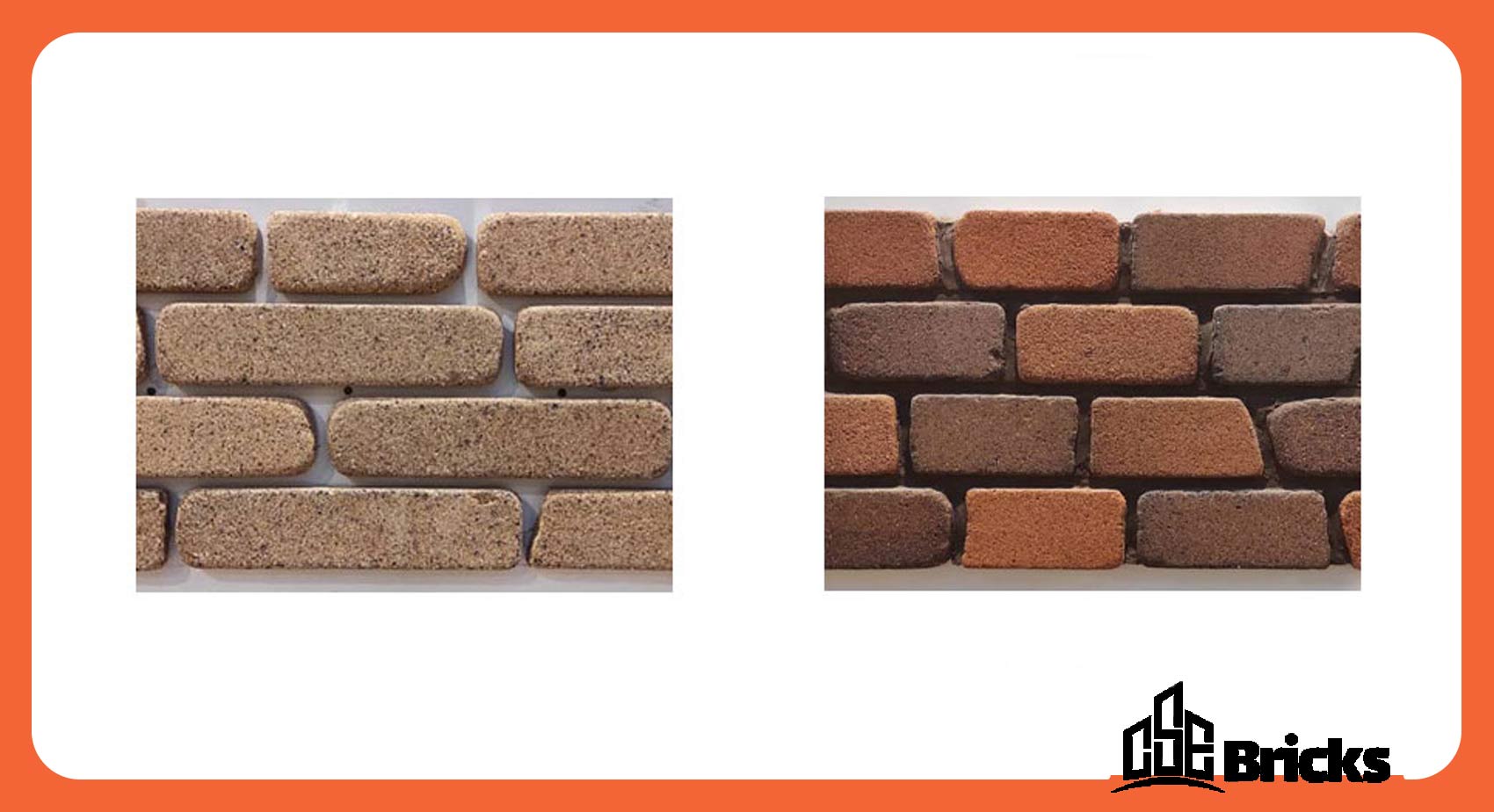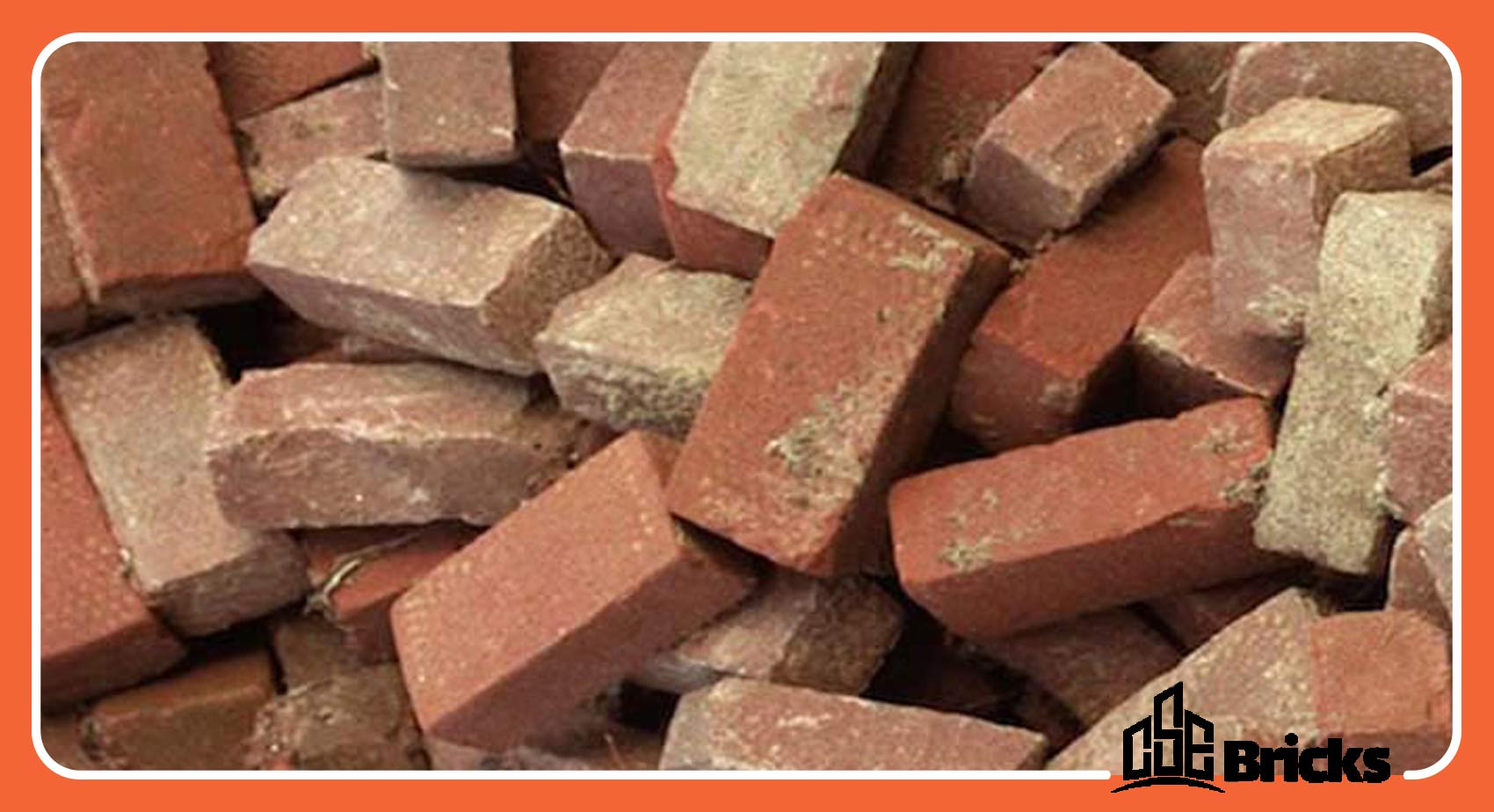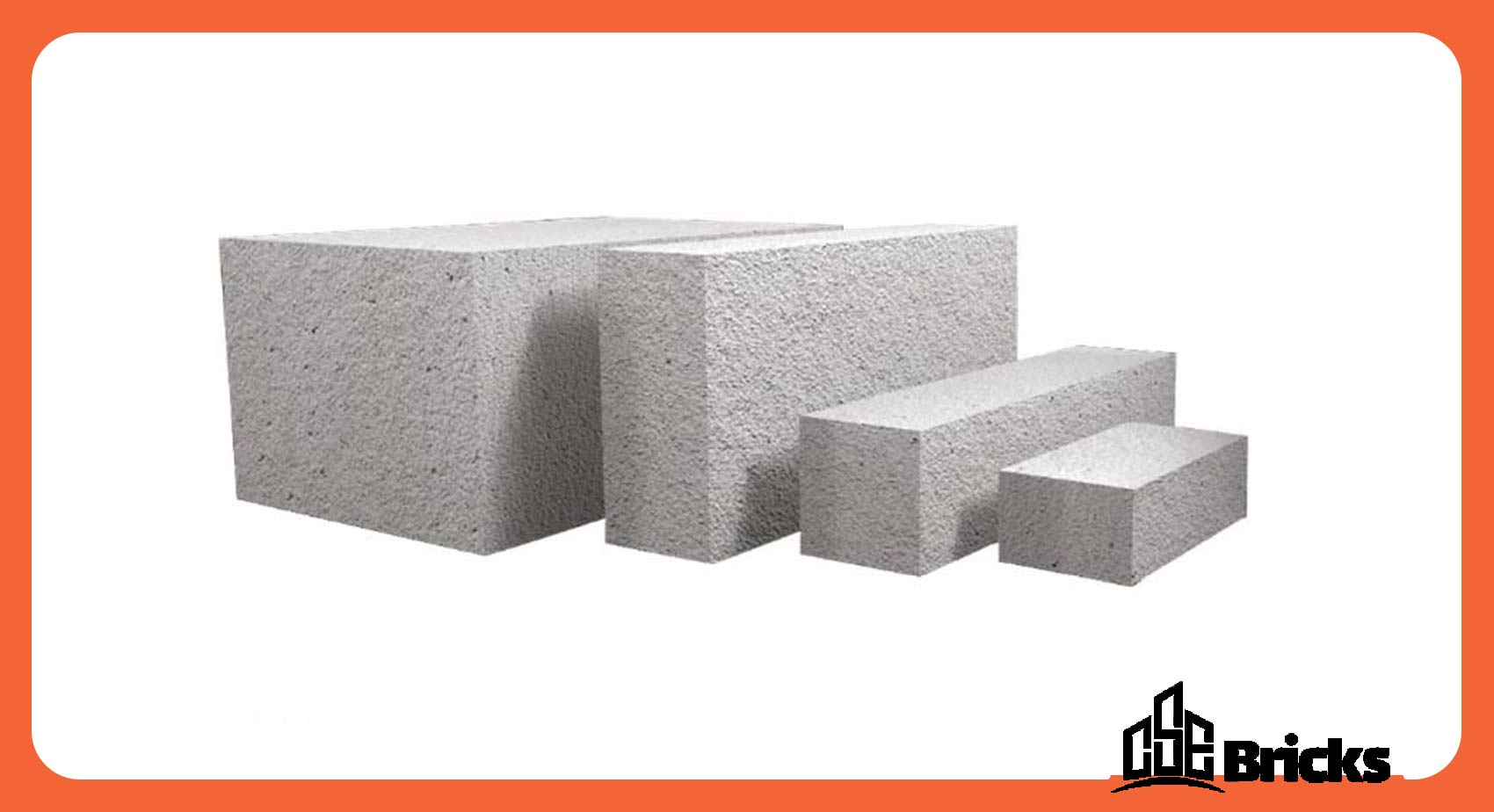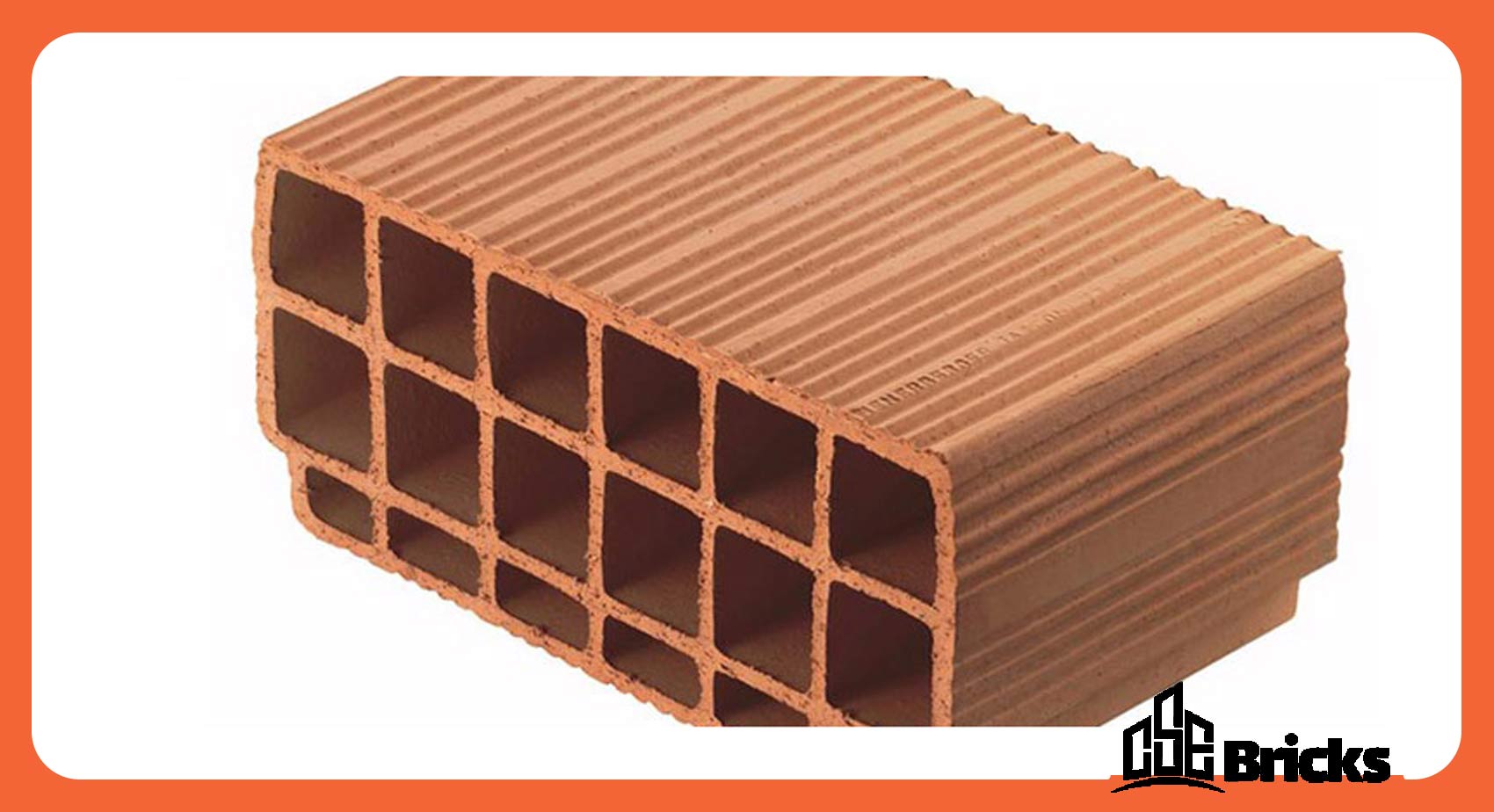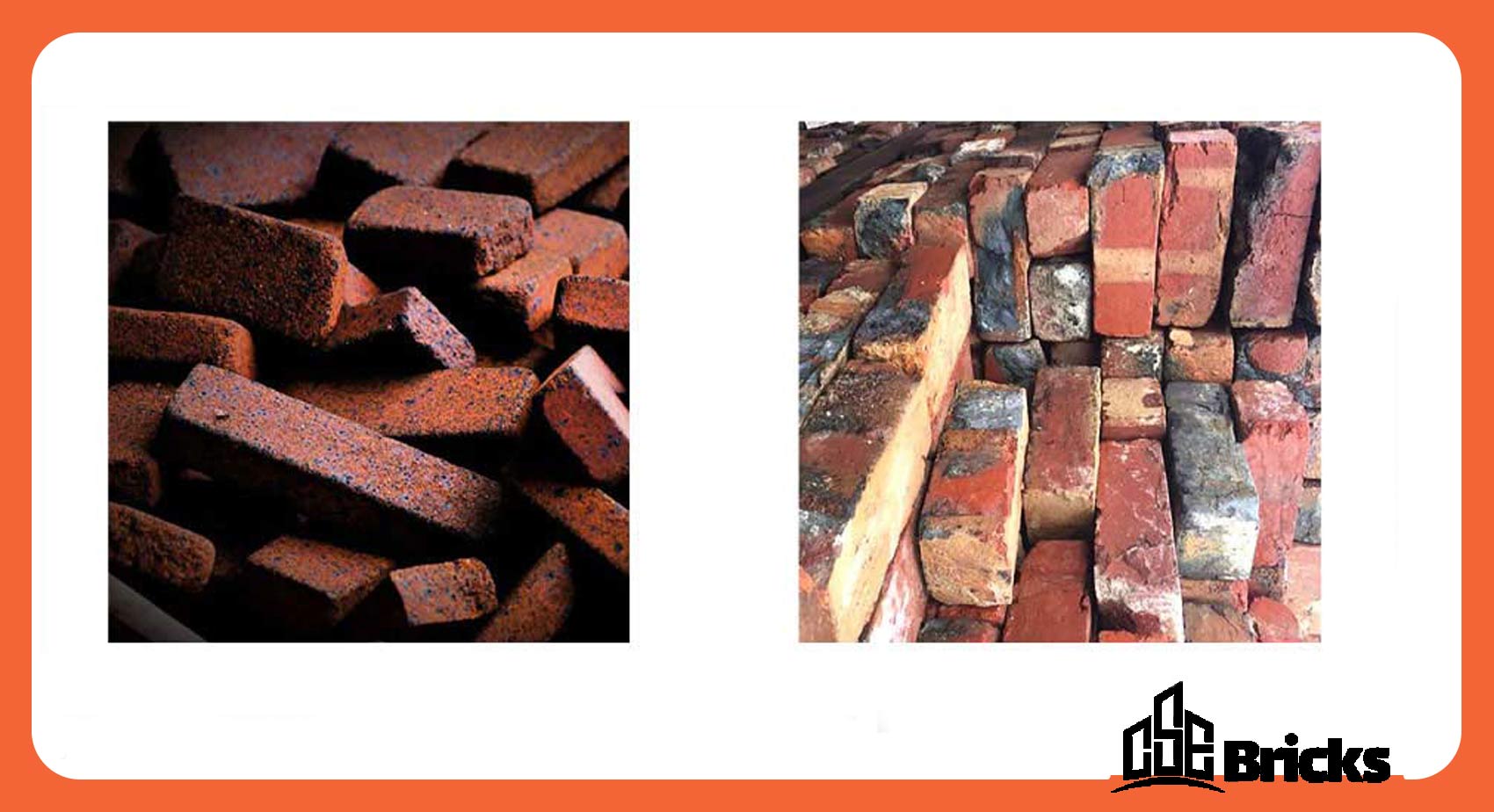المدونة
Types of Bricks
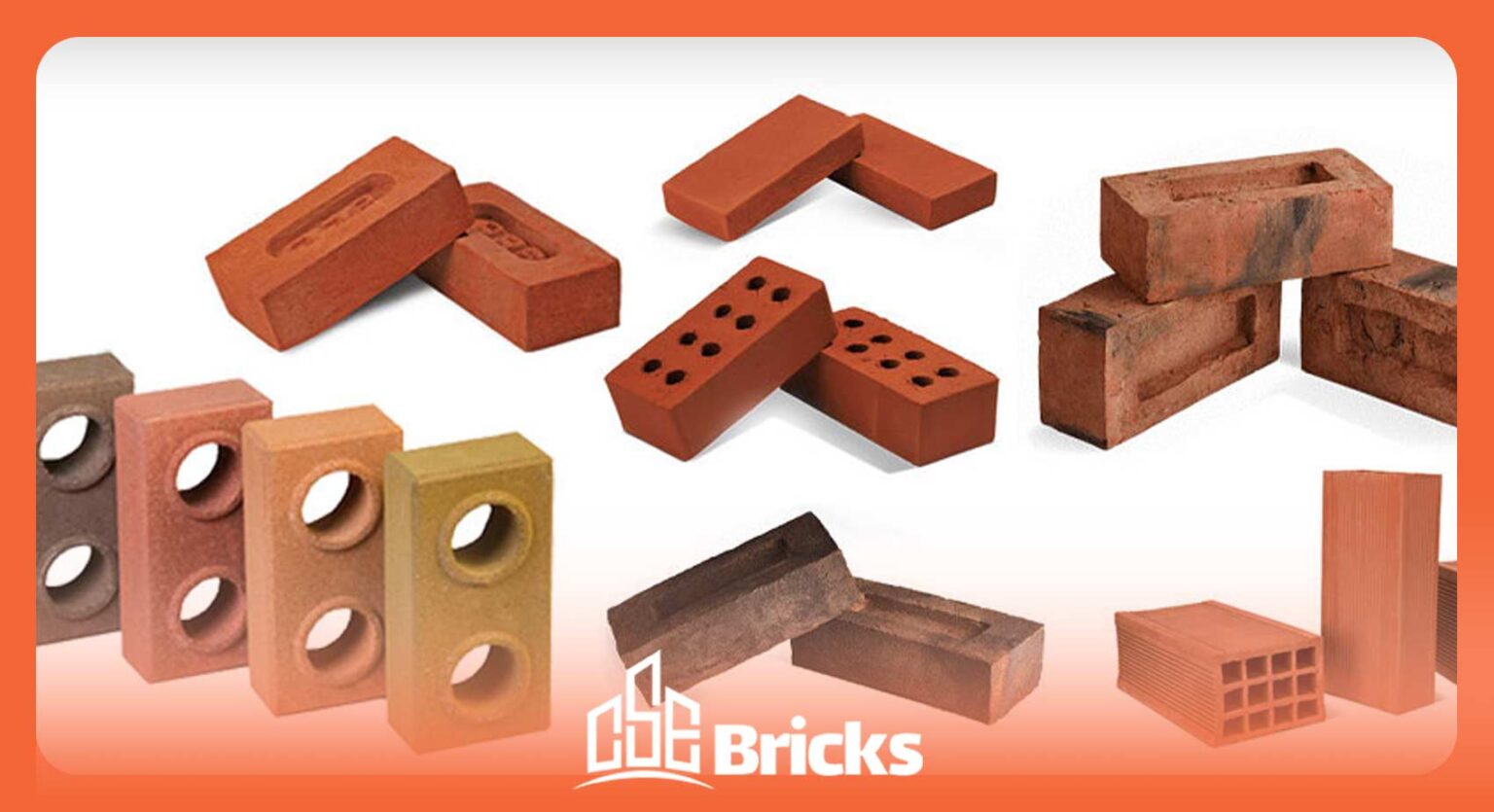
Types of Bricks
Types of Bricks
! Learn about the characteristics and uses of different types of bricks
One of the basic needs of humans has always been to have a safe shelter to live in. This led to the invention of a practical product called a brick, which is now available in various types and with diverse applications. Today, there are many types of bricks available, each with its own specific characteristics and applications in different parts of construction. Join us as we explore the various types of bricks and their uses in detail.
?What is a Brick
First, let’s examine what we mean when we talk about bricks, and then we will review the types of bricks. A brick refers to building units made from clay or stone, which are connected to each other with mortar during construction.
?Suggested Article: Read more in the article What is Brick
Types of Bricks and Their Applications
In the following, we will examine the types of bricks, their applications in construction, and their distinguishing features, such as dimensions, weight, and appearance.
-
طوب الليغو
One of the newest types of bricks is the interlocking brick, which has recently attracted the attention of contractors and landowners for constructing strong and beautiful structures. Interlocking bricks are made using waste from sand and gravel mines or stone-cutting factories, along with stone powder and cement, giving them high strength. Additionally, these bricks have two holes, and each side has protrusions and recesses, which cause the bricks to interlock and eliminate the need for mortar.
Interlocking bricks are produced in various shapes and sizes and are used in building houses, swimming pools, gazebos, and perimeter walls. (Read more about this amazing brick in the article “ما هي الطوب اللیغو؟”)
-
الطوب المضغوط
One of the most widely used types of bricks in construction is the pressed brick. These bricks are made in kilns. The reason for the name “pressed brick” is that when the clay is molded by hand, the corners are pressed with fingers. Other names for pressed bricks include solid brick, rough brick, Kazakh brick, and Gary brick. Each pressed brick weighs 2 kilograms, which amounts to about 1700 kilograms per square meter. The size of a pressed brick is 22*10*5.5 centimeters. This type of brick is available in the market in red and yellow colors or a combination of both. Pressed bricks are used .in the construction of partition walls, load-bearing walls of buildings, arched ceilings, and walling of basement floors
-
Fire Brick (Refractory Brick)
As the name suggests, fire bricks have a very high resistance to heat and can easily withstand temperatures above 1000 degrees Celsius. The main components used in the production of fire bricks are silica and alumina. The black specks observed in these bricks are due to the presence of silica. Fire bricks are available in various colors and sizes such as 32*7*2.5 cm, 20*5.5*2.5 cm, 26*5.5*2.5 cm, 20*20*2.7 cm, 20*10*2.7 cm, 20*10*5.5 cm, 40*8*2.5 cm, and 70*12*3 cm. The weight of fire bricks ranges between 2 to 2.5 kilograms. Fire bricks are used in floor coverings, exterior facades of buildings, fireplaces, kilns, and more.
-
Lefton Brick
You might also know Lefton bricks by other names such as ten-hole bricks or perforated bricks. reason it’s named Lefton is that it was first produced in the village of Lefton in Isfahan and then spread to other parts of the country. The main raw materials used are clay or shale. The dimensions of Lefton bricks are 10205 cm, and they are available in yellow, red, and peach colors on the market. They weigh around 800 grams each. Lefton bricks are used in constructing sheds, building facades, renovating old structures, and pressure-bearing walls.
-
الطوب المزجج
Glazed brick is a type of brick that is similar to regular brick, but the difference is that this type of brick is covered with a tile glaze. glaze is made from a combination of clay and aluminum oxide, giving it a glass-like surface. The glaze is applied to one or more surfaces of the brick during the final stage of brick production. The appearance characteristics of glazed bricks, such as color and size, are determined based on customer requests and there is no specific standard for them. Glazed bricks are used in beautifying facades, designing interior parts of buildings, tiling, flooring, garden edging, and in mosques and Husseiniyas.
-
Decorative Brick
Another type of brick is decorative brick. You might also know decorative bricks by other names such as antique brick and Dutch brick. Antique brick contains polymer and Nano materials in its structure, which prevent the growth of fungi and bacteria on the surface of the brick. These bricks also have excellent thermal resistance across a wide range of colors. The most important features that make antique bricks practical include their light weight, high durability, and long lifespan. Additionally, these bricks have very good physical resistance, making them less susceptible to damage under different weather conditions. Their low permeability acts as an insulator.
-
Sand Lime Brick
The main material used to produce sand lime bricks is calcium silicate, and it is used in building foundations. One of the unique features of this brick is its high compressive strength, which gives it a high load-bearing capacity, making it suitable for constructing load-bearing and retaining walls. In the production of these bricks, pigments can be used to create beautiful and colorful bricks. These bricks are highly durable, and their shape and size make wall construction much easier. Additionally, sand lime bricks have minimal waste. Sand lime bricks act as excellent thermal insulators, preventing heat loss in winter and heat entry in summer.
-
Machine-made
Brick Machine-made bricks resemble Kazakh bricks in appearance and are produced in red and white colors. Machine-made bricks are used in building facades. The main difference that distinguishes various pressed bricks from machine-made bricks is the clay material and the holes in the bricks, which make them lighter and provide better adhesion to the mortar. These bricks are much more fragile compared to pressed bricks. The appearance of these bricks is smooth with sharp edges. To produce striped bricks using this method, the bricks should be stacked alternately. With this technique, the bricks show colored streaks that create a beautiful combination for building facades. To produce colored machine-made bricks, metal oxides are used.
-
Concrete Bricks
The main components of concrete bricks are cement and sand, and they are produced in various sizes and shapes by manual or automatic brick-making machines. The primary application of this type of brick is for paving areas (such as courtyards, parks, and sidewalks) due to their variety of shapes and colors.
-
Acid Bricks
You might want to build a place where there is a possibility of acid presence. The best choice for such situations is to use acid bricks. These bricks are resistant to acidic melts. However, remember that these bricks react to basic compounds. Silica fire bricks are an example of acid bricks.
-
Magnesia Refractory Brick
Magnesia refractory bricks are classified as basic refractory bricks. The main raw material for this type of brick is magnesium oxide, which is obtained from dolomite.
-
Mud Brick
One of the most widely used materials in construction is mud brick, also known as partition brick. This type of brick is used in the internal facades and roofs of buildings. Mud bricks are produced in various sizes and are available in red and white colors on the market. Different types of mud bricks are categorized into ceiling, block, foam-filled, and wall types. These categories are further divided into three quality grades: first grade, second grade, and third grade.
-
Fired Brick
Fired brick is another type of brick that has very high strength and can withstand extremely high temperatures. These bricks are produced at temperatures above 1000 degrees Celsius, where the clay sweats and fuses together, resulting in the creation of the brick. The high strength of fired brick makes it a suitable candidate for building foundations. Additionally, fired bricks are used in other places such as paving, chimneys, flooring in industrial centers, and in certain locations such as sewers and tunnels.
Final Word
The aim of this content was to gather and introduce the various types of bricks and their different applications, to guide you dear companions in choosing the right brick for your construction.


